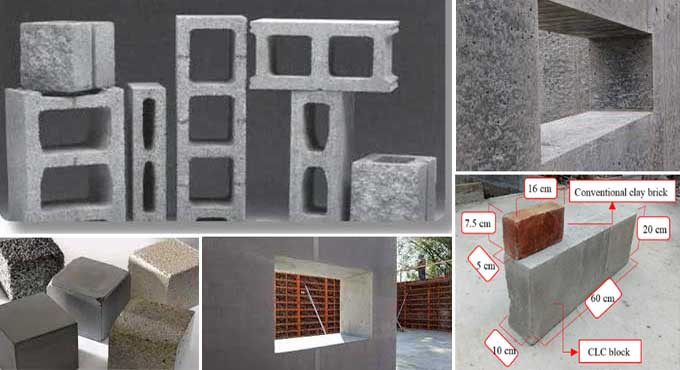
A Brief Overview of Lightweight Concrete and its differences from Conventional Concrete

Due to its properties and applications, lightweight concrete is becoming more popular for vertical construction. This form of concrete is typically made with a foaming agent or an air entrained agent and lightweight aggregate, resulting in a lightweight. The use of lightweight concrete in vertical construction offers many advantages over standard concrete.
Define Lightweight Concrete
In lightweight concrete, the concrete mixture consists of an expanding agent that boosts the volume, provides additional properties such as nailing abilities, and decreases the dead weight. Thermal conductivity and low density are the main characteristics of lightweight concrete.
Features of Lightweight Concrete
Density
In lightweight concrete, part of the aggregate is replaced by expanded clay, shale, or slate, which produces a lower density than conventional concrete between 110 and 130 lbs per cubic foot.
Weight
Vermiculite, perlite, and pumice are lightweight aggregates that can also be used as aggregates. Using these materials can reduce the weight of a structure without compromising its strength, making them a more efficient choice. A safe and long lasting structure can still be achieved by using it carefully.
Durability
Due to its low thermal conductivity, lightweight concrete is also more fire resistant. Moreover, its uniform material structure makes it more durable and resistant to freezing and thawing.
Easy Installation
In addition to its ease of installation, lightweight concrete can be used in vertical construction. Due to its increased workability, lightweight concrete is easier to place and shape than conventional concrete.
Cost
It is also easier to transport, as well as suitably suited to pump applications because it is lightweight. In addition, lightweight concrete eliminates the need for expensive and laborious formwork, which can add to a project's costs.
Lightweight concrete is commonly used in construction structures as a durable, strong, and relatively inexpensive material.
Eco Friendly
Green building projects can also benefit from lightweight concrete. Buildings that use this material to reduce energy consumption are usually designed to have low densities and low thermal conductivities. The material is also soundproofing, as it has good acoustic properties.
Merits of Lightweight Concrete
It means less dead load on foundations and reinforcement, resulting in savings. In addition to improving the thermal properties of a building, lightweight concrete increases its strength.
A building's fire resistance is improved by lightweight concrete. Precast units are easier to manage on site when they are made of lightweight concrete. Formwork and props are reduced with lightweight concrete.
Difference between Lightweight Concrete & Normal Concrete
1. Lightweight concrete has a modulus of Elasticity of 65000 psi for ultra lightweight concrete and 3 million psi for medium lightweight concrete. Conventional concrete has a modulus of Elasticity between 2 to 6 million psi.
2. Lightweight concrete provides a fire-resistance rating of 4 hours for 4.5-inch slabs. Conventional concrete provides a fire-resistance rating of 3 hours for 6-inch slabs made of trap rock, crushed limestone, and gravel aggregates.
3. In contrast, conventional concrete weighs 130 to 150 pounds per cubic foot, while lightweight concrete weighs 20 to 115 pounds.
4. Conventional concrete has a compressive strength of 8000 psi, while Lightweight concrete has a compressive strength of 7000 psi.
To learn more, watch the following video tutorial.
Video Source: Swimming Pool Steve
5. In Lightweight Concrete, the only disadvantage is that carbonation, that is, corrosion can occur at a deeper depth than conventional concrete under the right conditions.
6. In order to protect lightweight structures against corrosion, it will be necessary to ensure adequate reinforcement coverage.


